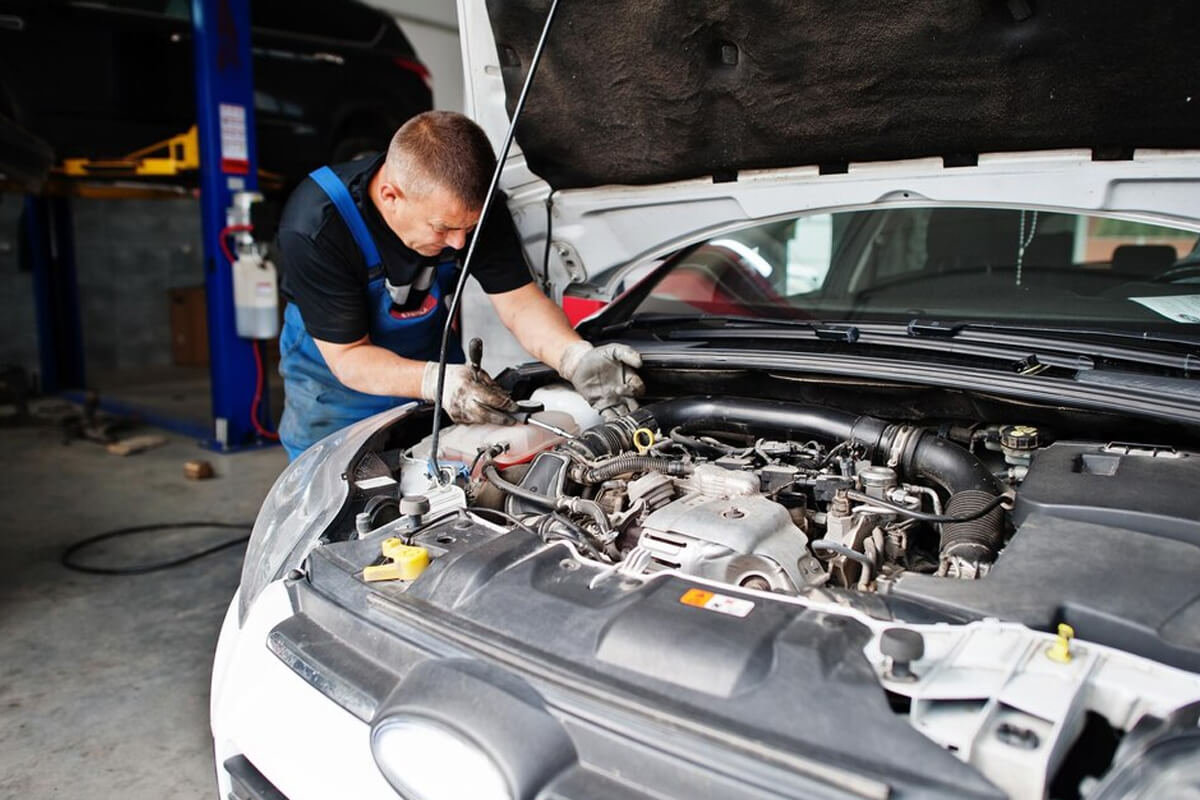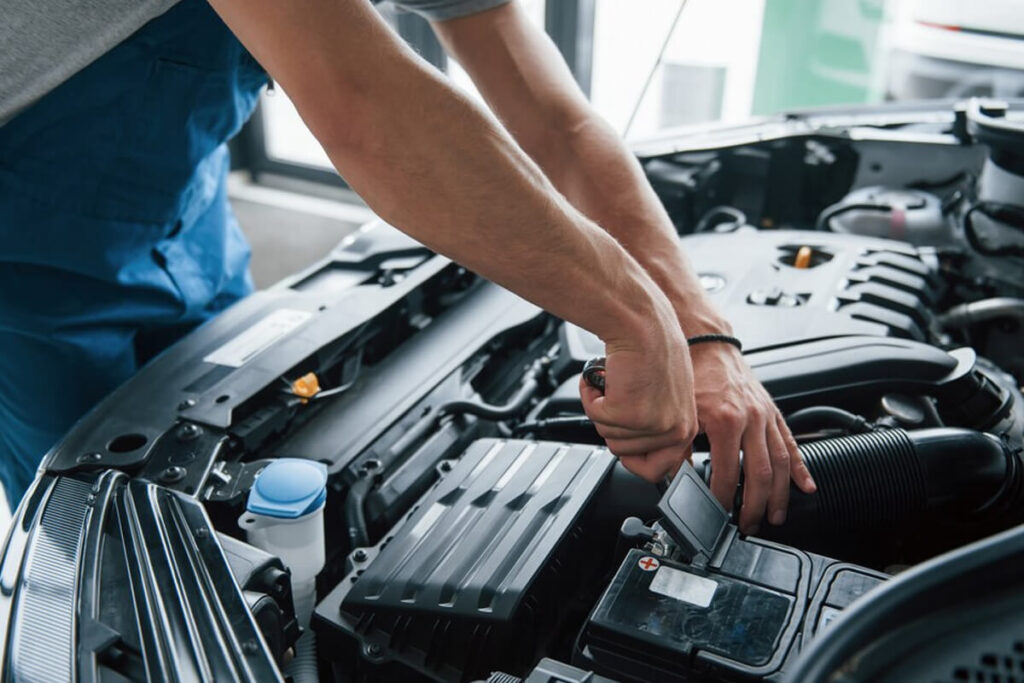Brake fluid plays a crucial role in your car’s braking system. It transfers the pressure applied on the brake pedals to the brake calipers, causing the vehicle to stop when necessary. Regularly checking your brake fluid levels is essential to ensure your safety on the road.
At Champion Chrysler Jeep Dodge Ram FIAT, we know the importance of having enough brake fluid in the vehicle’s braking system. That’s why we have created this brake fluid level guide to help our drivers in Downey, CA, monitor and keep their brake fluid at the appropriate levels.
The first step is to look for your car’s engine compartment. It is usually situated in the front of the car under the hood, but the exact location can vary depending on your vehicle’s make and model. Consult your car’s owner manual if you have trouble locating the engine bay. Once you have found the engine bay, open the hood to gain access to it.
Most vehicles have the brake fluid reservoir near or at the back of the engine bay. It is often a plastic container covered with a black screw-off cap with yellow icons.
Newer vehicles usually have translucent reservoirs with side markings showing minimum and maximum fluid levels. So, you only need to clean the external surface (if dirty) to see the brake fluid levels.
Older vehicles (those produced in the early 1980s and older) may have a metal reservoir with a top secured by a spring-loaded clamp. You must remove the clamp to check the brake fluid levels.
If your fluid level is below the minimum, top it up with a clean, fresh brake fluid. Pour the fluid into the reservoir and stop once it reaches its maximum mark. Use a funnel to avoid spillage.
Note that there are different types of brake fluids on the market, including DOT 3, DOT 4, DOT 5, and DOT 5.1. So, make sure to use the right one for your vehicle. Check your car’s handbook to find out the recommended brake fluid for your car.
Once you have topped up the brake fluid, close the reservoir’s lid tightly. If you spill some, wipe it clean with a cloth to prevent damage to the car’s paint. Then, close the car’s engine bay.
Follow these car brake fluid check steps any time you want to know the brake fluid level in your vehicle.
In addition to the brake fluid levels, you should also pay attention to the condition of your brake fluid. Brake fluid tends to lose effectiveness with time because it is hygroscopic, which absorbs water. So, replacing your brake fluid periodically is good for optimal braking performance.
The right brake fluid change interval will depend on the specific model and how often you drive your vehicle. Generally, it is recommended to change your brake fluid every two years or 20,000 miles.


Running out of brake fluid can lead to brake failure. You can prevent this by having your brake fluid checked and topped up regularly at our service department. Our expert technicians can handle everything, from brake fluid inspection to complete brake fluid maintenance. Contact us or drive in today to schedule a service.
As the premier CDJR dealer in Downey, CA, we also have an incredible selection of new and used vehicles for sale at unbeatable prices. Visit us today to check out our exciting models and arrange a test drive.
While great effort is made to ensure the accuracy of the information on this site, errors can occur. Please verify all pricing and installed equipment information with a customer service representative. This is easily done by calling us or visiting us at the dealership.
Customer may not qualify for ALL Rebates shown. Some rebates are stackable and others can and cannot be combined. See Dealer For Complete Details.
We improve our products and advertising by using Microsoft Clarity to see how you use our website. By using our site, you agree that we and Microsoft can collect and use this data. Our privacy statement has more details.